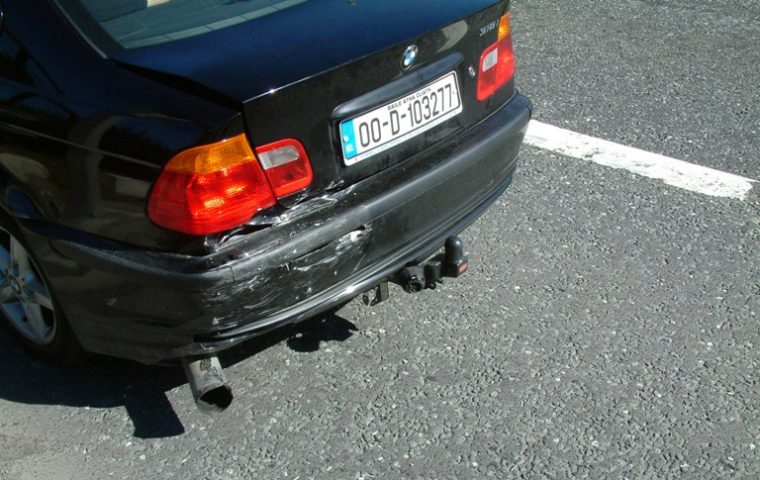How to Choose an Appropriate Car Insurance Coverage Limit
Taking out an insurance policy on your car can often seem like a convoluted ordeal with numerous details that have to be sorted out. And while it’s generally true that it’s not a straightforward task and does require some care and attention, it’s also not rocket science. You just have to know how the different components of a typical auto insurance policy are structured, and what kind of coverage you should be looking for in different areas. And for the most part, the most complicated part of getting the cheapest car insurance is figuring out what type of limits you should set for your different types of coverage.
Bodily injury
There are various pieces of local state legislation that set minimum thresholds for bodily injury coverage, and in some cases this may be set as low as $10,000 per person. The coverage may also be calculated on a per-incident basis instead, and you should check how your local regulations work in this regard. Keep in mind that a bodily injury lawsuit can easily get extremely expensive, so this is something you should not cut corners with. If you can afford higher coverage here, it’s often not a bad idea to opt for it, as it can save you from a lot of headaches in the long run.
Property damage
Property damage in most cases refers to other cars damaged in collisions that you’re involved in, and considering the average cost of most cars on the road, it’s another area worth looking into in more detail. You should have a policy that covers you for around $50,000 to be safe in the majority of cases, although you might have to shop around to get the right price if you want a specific figure. Higher coverage is not a bad idea here, but you should keep some reasonable limits in mind and avoid overspending.
Medical expenses
This is not the same as bodily injury coverage, as it’s directly related to covering medical expenses incurred in an incident. These can sometimes stack up quite heavily over time, requiring a careful and attentive approach when calculating your limits if you want to be safe. If you can afford it, you should set higher limits here, although something like $2,000 – $5,000 should work relatively nicely for most types of small accidents. If you get into a more serious collision though, things could get considerably worse and you’ll want to be prepared in case this is a higher risk for you specifically.
There are other smaller factors that play into this, but these should be your primary targets when setting your limits. When in doubt, consider the biggest risk factors involved in your driving and focus on those when searching for the right insurance policy. And remember, if you can afford it, it’s always better to overspend a little and have better coverage in case something goes wrong, rather than having to deal with a problematic situation that has put you into significant debt with no obvious way out, something that happens to a surprisingly large number of people.
This is a collaborative article.

The News Wheel is a digital auto magazine providing readers with a fresh perspective on the latest car news. We’re located in the heart of America (Dayton, Ohio) and our goal is to deliver an entertaining and informative perspective on what’s trending in the automotive world. See more articles from The News Wheel.



